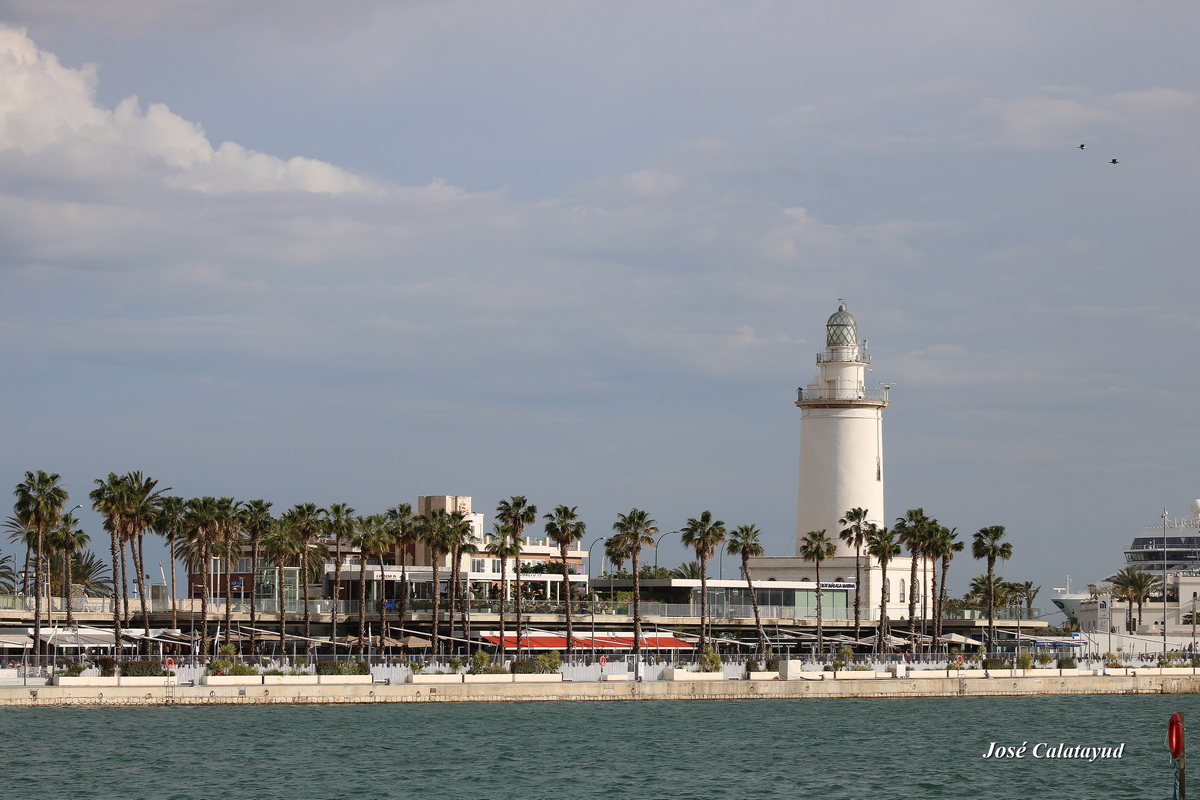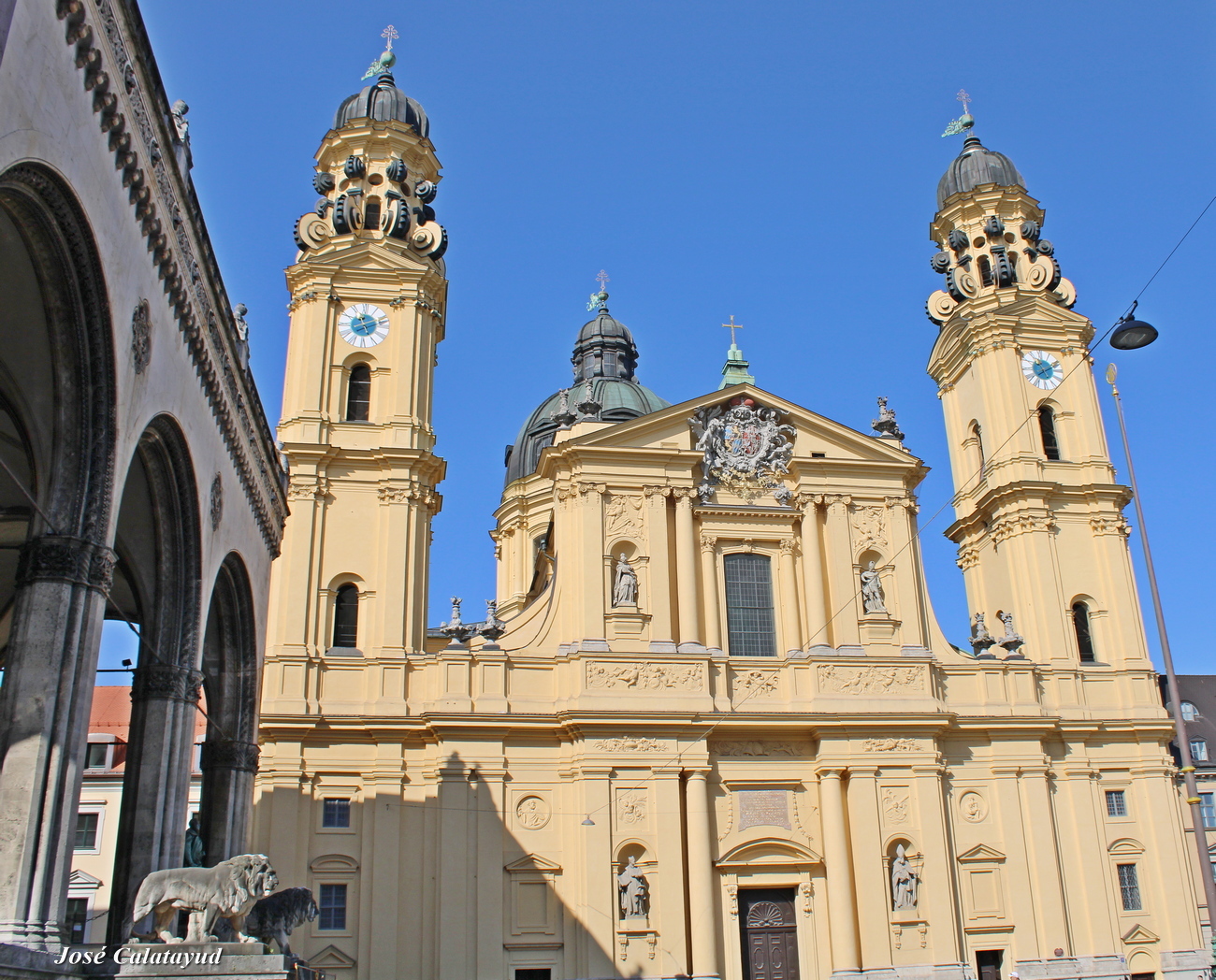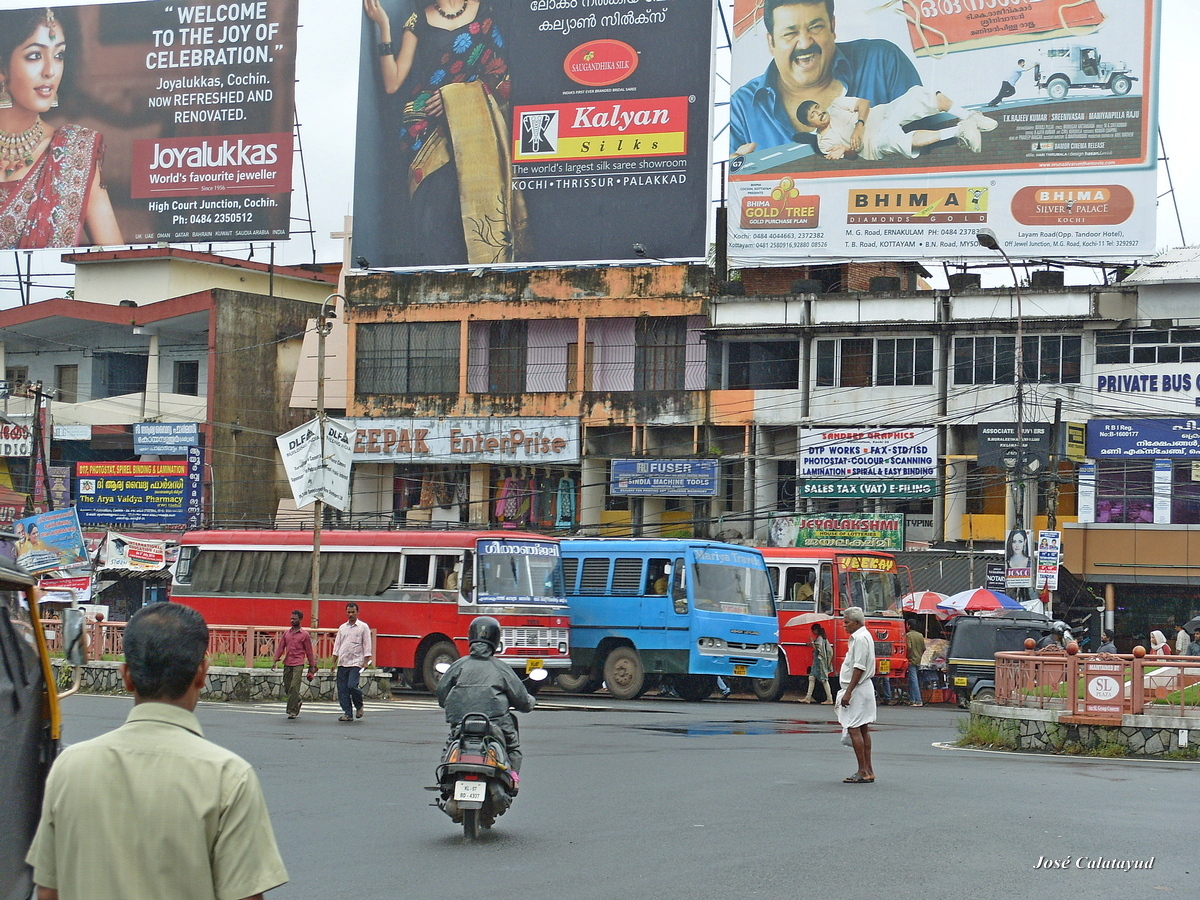The "Farola de Málaga" is an emblematic lighthouse built in 1817 during the reign of Fernando VII, designed by the engineer Joaquín María Pery y Guzmán. It has suffered damage throughout its history, especially during the earthquake of 1884 and the Spanish Civil War, when its lantern was dismantled to prevent its use as a military reference. It was restored and reactivated in 1939, maintaining its relevance for maritime navigation.
This lighthouse stands out for its feminine name, "farola" instead of "faro" being one of only two in Spain with this denomination, and for its white cylindrical structure of some 33 metres in height, reaching 38 metres above sea level. It originally used oil lamps, then oil and later electric technology, and currently emits white flashes every five seconds with a range of 25 nautical miles.
Today it is still in operation in the Port of Malaga, at the end of the Paseo Marítimo Antonio Molina and next to Muelle Uno, being a cultural and visual symbol of the city along with the Cathedral. It is considered an Asset of Cultural Interest and frequently appears in tourist images, historical paintings and guided tours, consolidating itself as an essential part of Malaga's identity.




 English
English  Español
Español  Français
Français